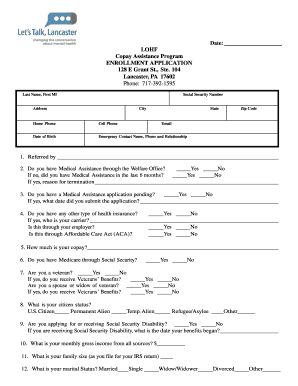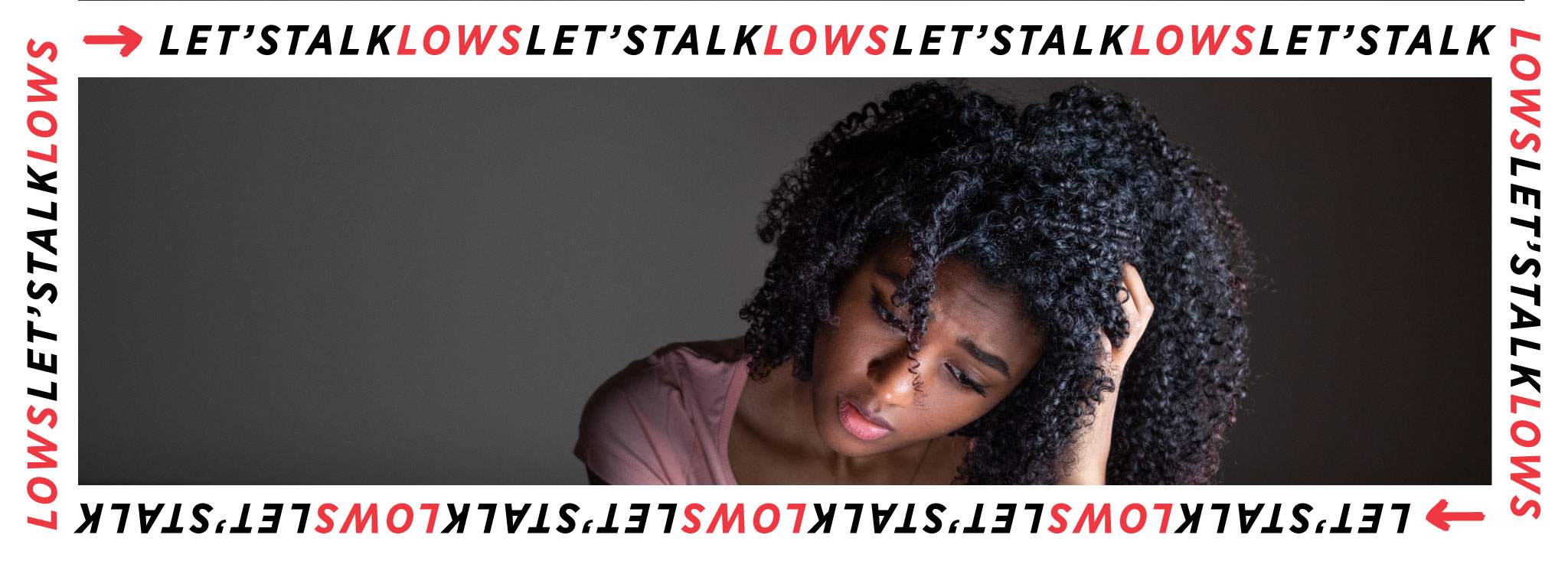

Should NME occur, consider whether the benefits of continuous glucagon infusion outweigh the risks. In the reported cases NME resolved with discontinuation of the glucagon, and treatment with corticosteroids was not effective. NME lesions may affect the face, groin, perineum and legs or be more widespread.
#GLUCAGON COPAY ASSISTANCE PROGRAMS SKIN#
Necrolytic migratory erythema (NME), a skin rash commonly associated with glucagonomas (glucagon-producing tumors) and characterized by scaly, pruritic erythematous plaques, bullae, and erosions, has been reported postmarketing following continuous glucagon infusion. Patients with these conditions should be treated with glucose. Patients in states of starvation, with adrenal insufficiency or chronic hypoglycemia, may not have adequate levels of hepatic glycogen for GVOKE administration to be effective. GVOKE is effective in treating hypoglycemia only if sufficient hepatic glycogen is present. GVOKE is contraindicated in patients with a prior hypersensitivity reaction. These include generalized rash, and in some cases, anaphylactic shock with breathing difficulties and hypotension. If a patient develops symptoms of hypoglycemia after a dose of GVOKE, give glucose orally or intravenously.Īllergic reactions have been reported with glucagon. GVOKE is contraindicated in patients with insulinoma. In patients with insulinoma, administration of glucagon may produce an initial increase in blood glucose however, GVOKE administration may directly or indirectly (through an initial rise in blood glucose) stimulate exaggerated insulin release from an insulinoma and cause hypoglycemia. If the patient develops a dramatic increase in blood pressure and a previously undiagnosed pheochromocytoma is suspected, 5 to 10 mg of phentolamine mesylate, administered intravenously, has been shown to be effective in lowering blood pressure. GVOKE is contraindicated in patients with pheochromocytoma because glucagon may stimulate the release of catecholamines from the tumor. Allergic reactions have been reported with glucagon and include anaphylactic shock with breathing difficulties and hypotension.

GVOKE is contraindicated in patients with pheochromocytoma because of the risk of substantial increase in blood pressure, insulinoma because of the risk of hypoglycemia, and known hypersensitivity to glucagon or to any of the excipients in GVOKE. GVOKE is indicated for the treatment of severe hypoglycemia in adult and pediatric patients with diabetes ages 2 years and above. INDICATION AND IMPORTANT SAFETY INFORMATION


 0 kommentar(er)
0 kommentar(er)
